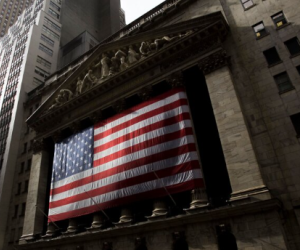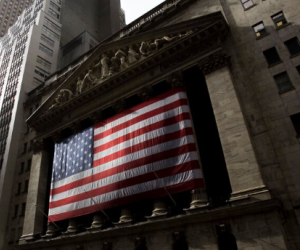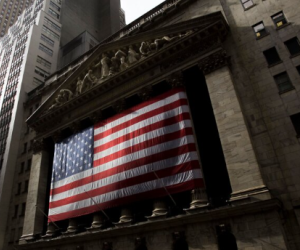Taking a ride on the world's most envied metro system

In a spacious, high-ceilinged room, rows of yellow-shirted controllers monitor a wide, curved video panel that spans the length of an entire wall.
In front of this space age-like console, staff keeps tabs on Hong Kong's sprawling mass transit system, 24 hours a day, 365 days a year.
Everything is humming along normally on a recent winter day, until the black "incident box" at the center of the room suddenly jolts to life.
There's a problem on one of the tracks.
Red digits on the box begin flickering madly, indicating the seconds elapsing since the start of the incident.
"The incident box is on, that means there's an incident in one of the stations causing a delay," says Jacob C. Kam, operations director of Hong Kong's MTR (Mass Transit Railway) Corporation Limited.
It's a highly unexpected and potentially embarrassing development in the course of a prearranged facility tour, but Kam stays calm.
With the digits on the box ticking upward -- 33 seconds, 34 seconds, 35 seconds -- Kam says, "We usually try to resolve every issue within two minutes."
And they do this time -- in just about one minute, actually.
MTR generally doesn't release information about every delays or accidents, but says the most common incidents result from passengers rushing train doors and sick commuters triggering emergency alarms.
After this episode, the incident box is reset and workers in the control room quickly resume normal operations.
The highly efficient and futuristic scene at the Super Operation Control Center (Super OCC) is located inside the Tsing Yi MTR station, part of Hong Kong's renowned public metro network.
The MTR system was established as a public entity in 1973-74 before being privatized as the MTR Corporation in 2000.
The move was part of a series of initiatives by the Hong Kong government to dissolve its ownership in public utilities, with the aim of reducing expenditures and boosting overall efficiency.
The local government, however, remains the major shareholder (with 76% of the shares) of the MTR Corporation.
Though the private company is charged with serving the public and required to report its dealings to the government, it also has a mandate to remain competitive and profitable.
With around 1.6 billion passengers per year, it's by far the most popular transportation mode in Hong Kong.
Passenger boardings increased with the opening of the new West Island Line earlier this year -- the new line connects one of the oldest districts in Hong Kong to the network.
A handful of new lines will open over the next few years.
(CNN)
ANN.Az
Similar news
Similar news
Latest news 
More news 



































 Photo
Photo 



 Video
Video 

